How to Mix Wood Tones for a Cohesive Design
It can be hard to bring the perfect look together when working with several different pieces—for example, an antique table, a set of modern chairs, and a new end table. The challenge is knowing how to mix wood tones while still keeping the look cohesive.
Fortunately, contrast is a welcome player in the world of interior design. Mixing wood tones can make your space feel more layered and up-to-date. Mixing pieces with different wood stains adds depth, visual interest, and, when done well, signature style. So, if you're wondering how to mix wood tones in your home, it's best to jump in and have fun with it.
Here are 6 guidelines for mixing wood tones that can help you get started.
1. Identify Your Dominant Wood Color
If you're bringing together a room of furniture with different wood stains and finishes, it's hard to know where to begin. The first step to creating a well-blended space is identifying the dominant wood color.
In most cases, you will find the dominant wood color on your largest, most prominent furniture piece. For example, in the dining room, it's likely your table. In the living room, it may be a coffee table or a sizeable built-in bookshelf. When you mix and match wood furniture in the bedroom, look at your headboard for inspiration.
There are other factors to consider too. For example, if you have wood flooring, the color can be quite dominant (but keep in mind, you can always minimize and tone down the floor with a well-placed rug). In addition, some older homes may have built-in woodwork—doors, cabinetry, molding, and trim—that can also be quite prominent. Take all of these into consideration as you settle on a dominant wood color.
When you identify your dominant wood color, don't worry! Even if you aren't terribly keen on the wood finish, you can blend it into your design. Just because you have a dark maple table doesn't mean you're beholden to dark woods throughout the rest of the room.
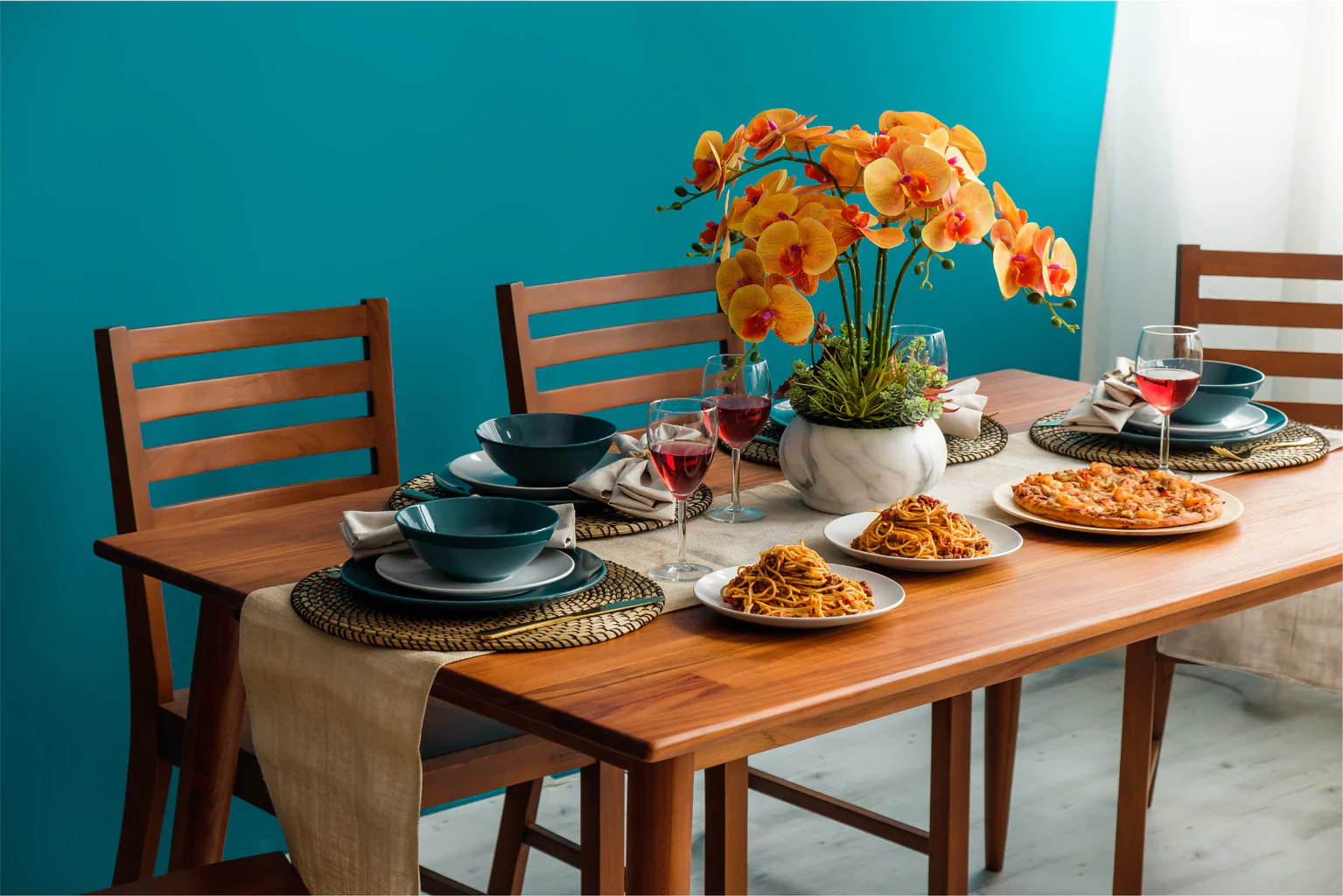
2. Pinpoint the Undertone
Now that you've figured out your dominant wood time, the next step is to pinpoint the undertone. We've all purchased foundation, hair color, or jewelry before and spent time identifying warm or cool undertones. The process for determining the undertone of wooden furniture is quite similar.
You can compare the wood to a piece of white paper and see if it seems to have more orangey tones or bluer and ash undertones. One helpful guideline is that most unfinished or naturally finished wood is warm. Wood that's been stained or has a weathered look often takes on a cooler, ashier color.
Warm-toned woods include maple, cherry, oak, pine, mahogany, and walnut. Cool-toned woods may have different wood stains like shell, charcoal, sand, driftwood, or weathered oak
Some light wood stain colors may still feature a warm tone. Some dark stained woods can have a cool undertone, depending on if they are more chocolate-colored or grey-black. If you're having a tough time with a particular piece, you can also compare it to different metals. For example, warm woods often complement gold and brass, whereas cool-toned woods coincide with silver and wrought iron. Similarly, warm wood tones will seem to complement oranges, reds, golds, and yellows. Cool tones will look slightly more at home against greys and blues.
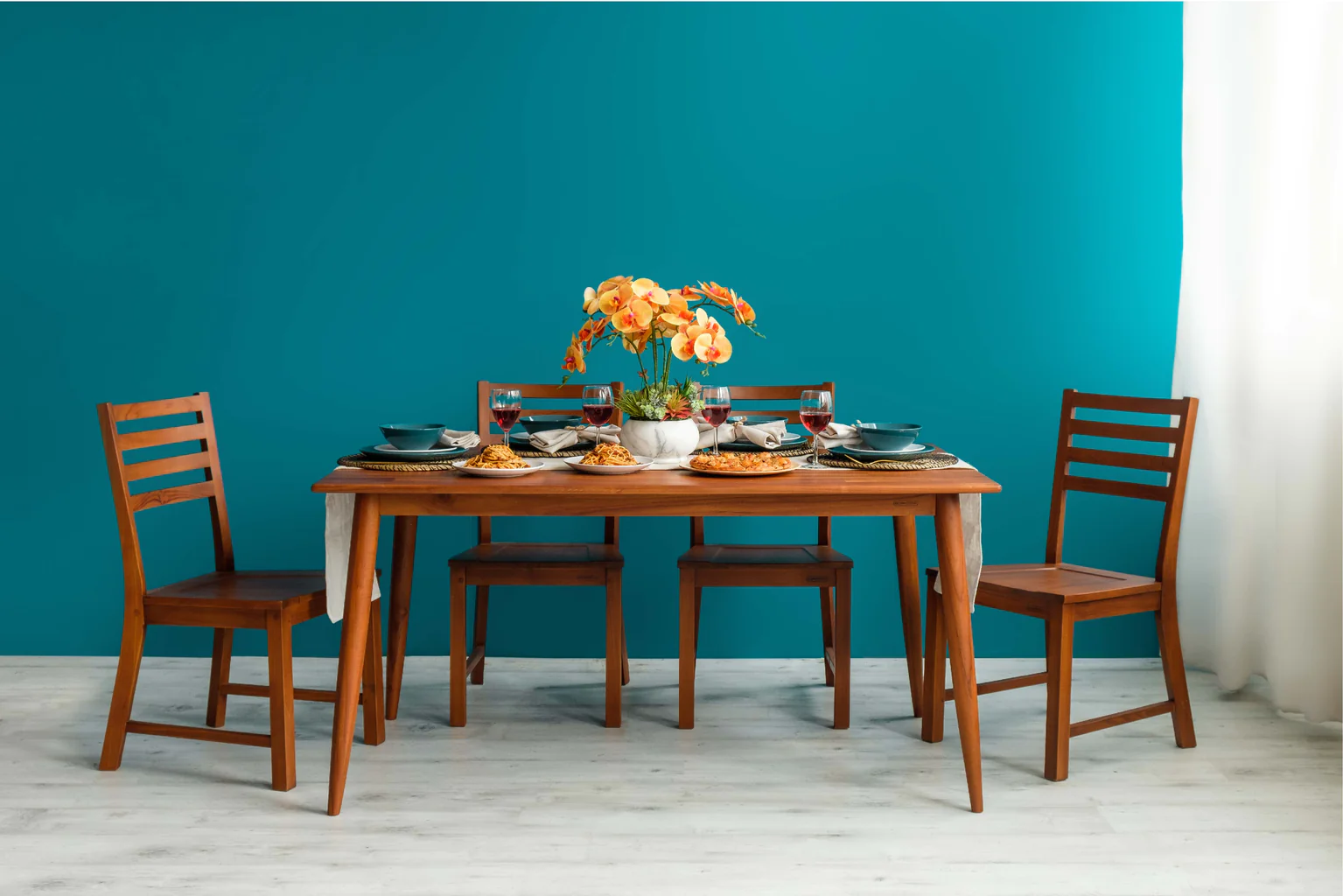
3. Choose Similar Finishes
Let me add the caveat that there are no hard and fast rules on how to mix wood tones. So don't worry that you will make the "wrong" choice or feel like you need to stick to specific rules when purchasing new pieces. Instead, you can play around with the looks to see what feels best to you. Another way to pull together different wood tones is to find pieces with a similar finish.
For example, if you have several different wood colors in a room, aim for items that share a matte or raw finish. Alternatively, several glossy finished pieces can look great together even if they aren’t made from the same wood. Satin finishes are often easiest to match and can be found on many different pieces of furniture and home accessories.
The finish guidelines apply if you're trying to bring pieces with different wood stains together. Think of the welcoming beachy feel of a dark or ashy wood floor and a light oak table with a slightly chalky or sheer whitewash finish. Partner these pieces with a reclaimed wood end table, and you will have a varied and inviting combination.
Similarly, a polished, glossy oak cabinet could look perfectly appropriate against a dark stained desk with a glossy finish. Generally speaking, the shinier and more polished the finished, the more formal the piece will feel.
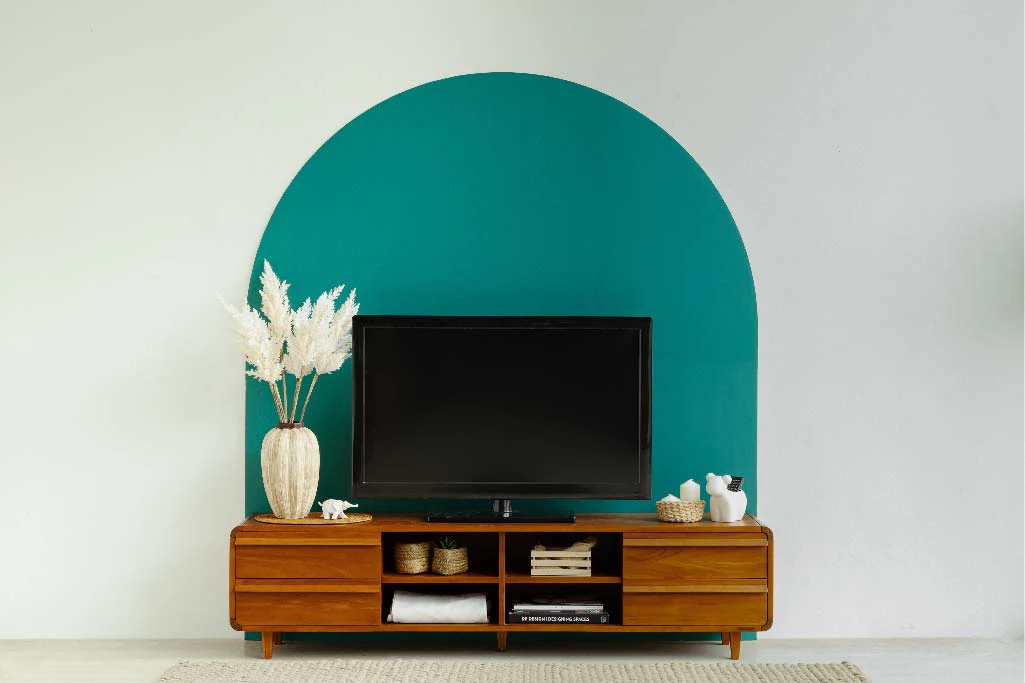
4. Choose Complmentary Grains
Another way to create cohesiveness when mixing wood tones is to select pieces that have a similar wood grain. Depending on how the piece was finished, it may have a prominent wood grain, or the grain may be barely perceptible. Pieces with a dominant, thicker wood grain may look best with pieces that have a similar predominant grain, offset with a few pieces that feature almost no woodgrain at all.
You can also create a nice look with several pieces that have striking patterns, interesting grains, or different wood features (like burl). Unfinished pieces and furniture with raw edges can be eye-catching and feel almost like art pieces.
Wooden furniture that has prominent graining will often feel more casual and rustic. On the other hand, small, finely grained wood feels more refined and somewhat formal. So it's also essential to consider the vibe you're looking for in the room.
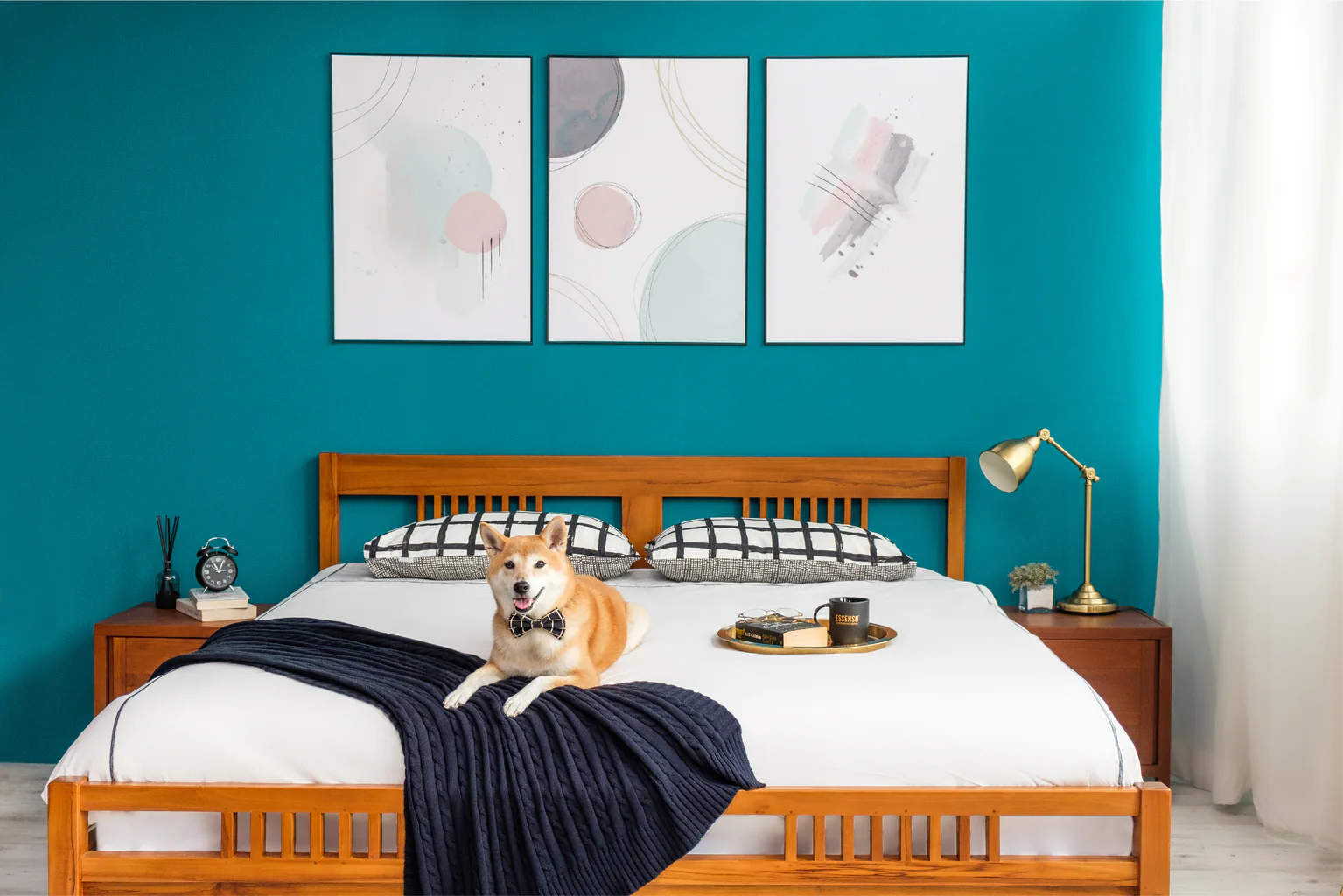
5. Strike a Balance with More than One Piece
So, how do you mix wood tones and bring it all together? The secret is to add multiple pieces of the same wood tone. For example, if you’re trying to bring a blonde oak coffee table into a room full of maple, add another piece with the same blonde oak.
You don't need to add a lot of different pieces—just one or two items to complement the furniture will help your room feel cohesive. For example, a picture frame, a lamp base, or even a wooden bowl on a bookshelf can call back to the furniture and feel deliberate. One odd piece might seem like an outlier, but two pieces will seem purposeful.
Like styling your outfits, layering your favorite jewelry, or mixing fabric patterns, mixing wood tones in a room adds interest and excitement. It creates depth. The room will feel bespoke and curated—intentional. Mixing wood tones helps the design feel very distinctive. When done well, you can combine several classic, beautiful pieces in various wood tones and have a room that feels rich, attractive, inviting, and luxurious.
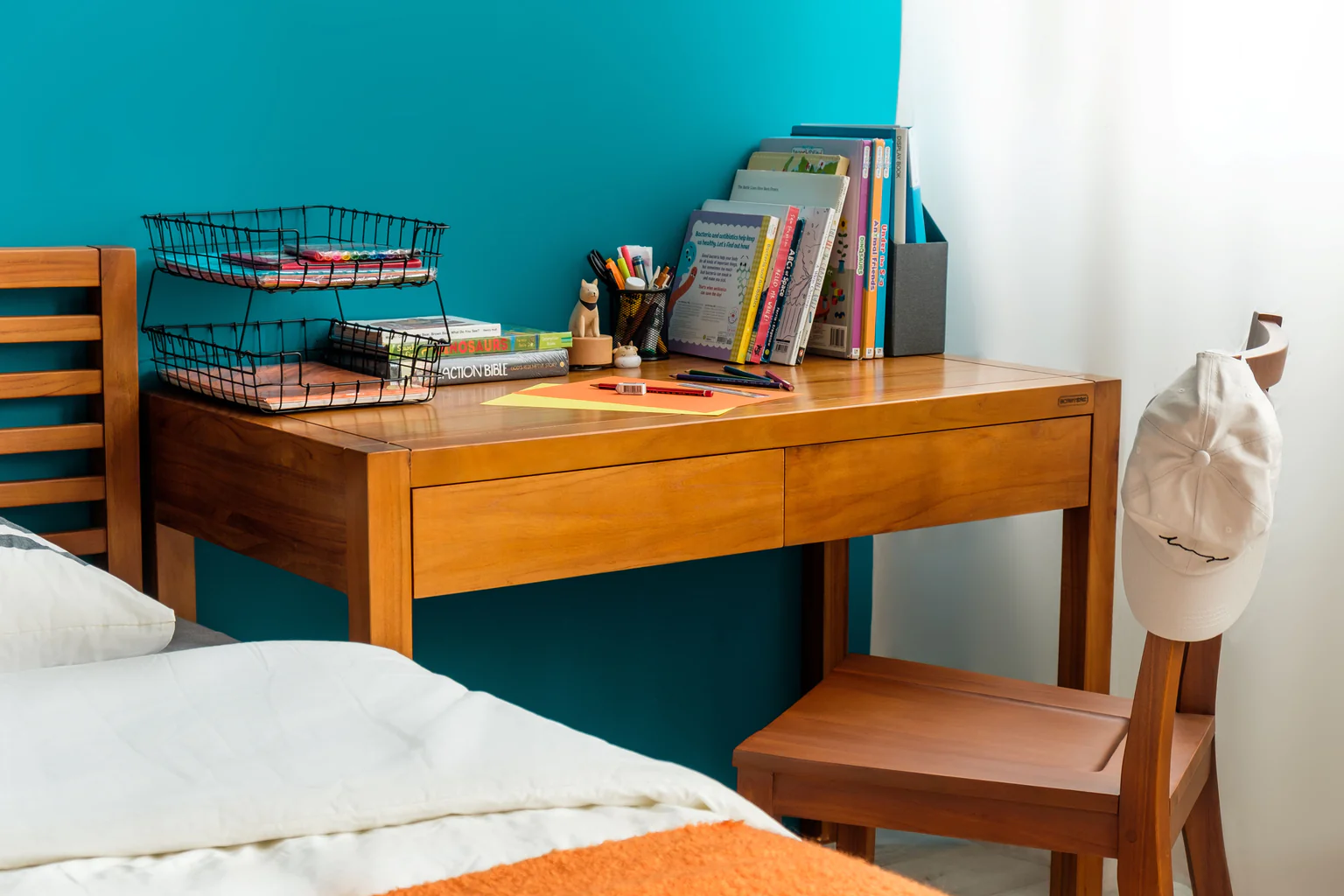
6. Play with Your Look
The most important "rule" is to have fun whenever you’re working with your home’s design. Your home should be inviting and comfortable for you. It should be a spot that you love to be. It's essential that your home features pieces you love and feel good about.
It’s no secret that I often use vintage pieces in my design work. I find that they bring a unique style and have a more interesting history. In addition to being a sustainable alternative to buying new, they're usually extremely well-crafted and last for decades. When you incorporate antiques and timeless pieces into your home, you often have to play around and take your time to see what looks best together. It’s a much different process than going to a furniture store and purchasing a “set” for a room.
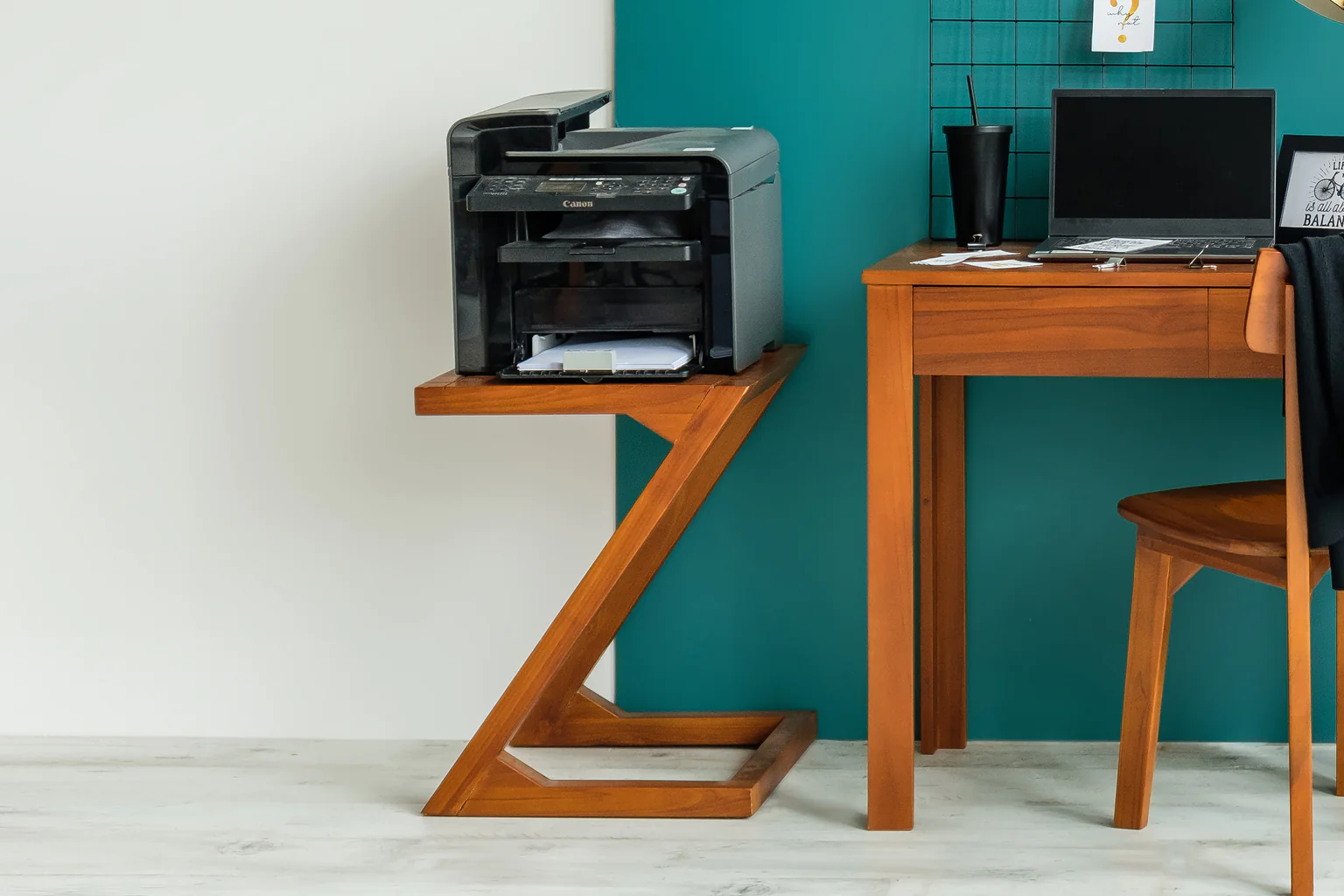
Writen by the Scanteak team
Posted on 10th November 2023